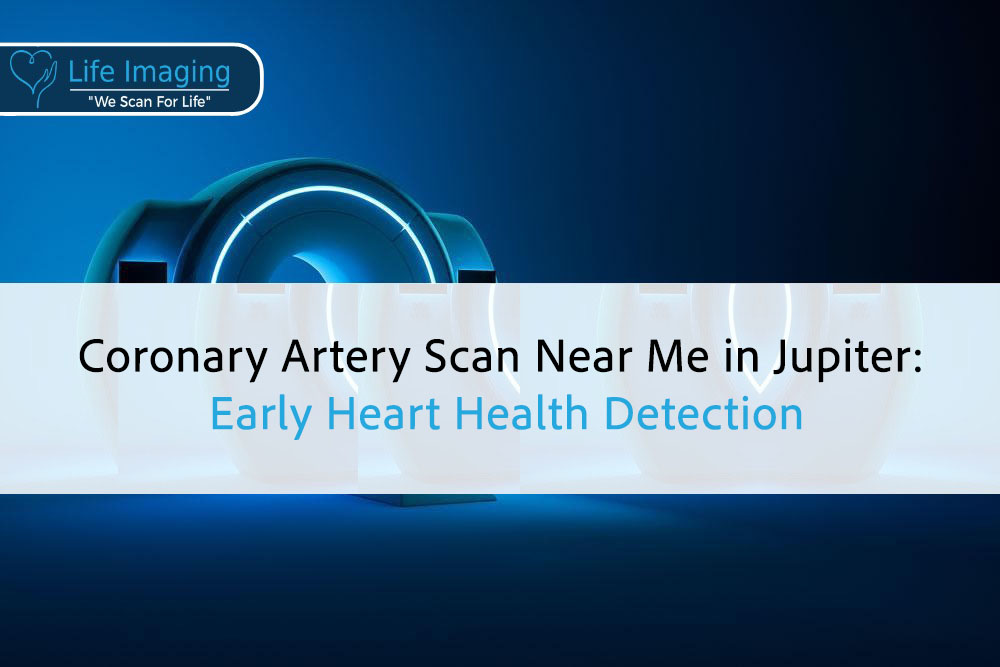
Coronary Artery Scan Near Me in Jupiter: Early Heart Health Detection
Introduction Your heart works hard every second of the day,
NOW OPEN! We’re excited to announce our new location in Jupiter, FL is now open! Learn more.

Early detection is key when it comes to serious health conditions. Abdominal and pelvis scans are powerful tools that help doctors identify issues before they become life-threatening. By undergoing these scans, you can get crucial insights into your health and take timely action if something unusual is found.
At Life Imaging FLA, we focus on the early detection of heart disease and cancer. Abdominal and pelvis scans can reveal a wide range of conditions in your abdomen and pelvic area. From tumors to blockages, these scans give detailed images that help doctors make informed decisions about your health. This way, they can catch problems early, giving you a better chance of successful treatment.
Getting an abdominal or pelvis scan is a straightforward process. It involves lying still while a machine captures detailed images of the inside of your body. These scans are non-invasive, meaning they don’t require surgery or needles. Knowing what to expect can help you feel more at ease about the procedure. Your health is our top priority, and early detection is a critical step in maintaining it.
Abdominal and pelvis scans are imaging tests that provide detailed pictures of the internal organs and structures within the abdomen and pelvis. These scans are crucial for diagnosing various medical conditions that might not be visible or apparent through a physical exam alone.
– Purpose: These scans help detect abnormalities such as tumors, cysts, and other growths. They can also identify issues like internal bleeding, infections, and blockages.
– Types of Scans: Common types of abdominal and pelvis scans include CT (Computed Tomography) scans and MRIs (Magnetic Resonance Imaging). Both modalities offer high-resolution images but use different technologies.
Understanding the different types of scans and their purposes helps patients grasp why these tests are recommended and what they can reveal about their health.
Abdominal and pelvis scans use advanced imaging technology to create detailed pictures of the inside of the body. Here’s how they work:
– CT Scans: Faster and often the preferred choice for detecting bone and lung issues.
– MRI Scans: Provide more detailed images of soft tissues like muscles, nerves, and brain tissues.
Both types of scans are non-invasive and painless, contributing to their widespread use in medical diagnostics.
Abdominal scans can reveal a variety of health issues, some of which might require immediate medical attention. Here are some common conditions detected by abdominal scans:
– Tumors and Cysts: Abdominal scans can identify both benign and malignant tumors. Early detection of cancerous growths can be pivotal in treatment success.
– Liver and Gallbladder Disorders: Scans can detect liver diseases such as cirrhosis, hepatitis, and fatty liver. They can also identify gallstones and other gallbladder issues.
– Kidney Problems: Issues like kidney stones, tumors, and cysts are often found through abdominal scans.
– Aneurysms: These scans can spot an abdominal aortic aneurysm, which is a life-threatening condition if it ruptures.
– Infections and Inflammations: Appendicitis, diverticulitis, and other inflammatory conditions can be accurately diagnosed with abdominal scans.
These scans give detailed insights into the abdominal organs, helping doctors diagnose and treat conditions promptly.
Pelvis scans are equally important for identifying various medical conditions within the pelvic region. Here are some common health issues detected by pelvis scans:
– Reproductive System Disorders: For women, pelvis scans can detect uterine fibroids, ovarian cysts, and other gynecological conditions. For men, they can identify prostate issues and testicular abnormalities.
– Bladder Problems: Conditions such as bladder stones, tumors, and infections can be detected with pelvis scans.
– Bone and Joint Issues: Pelvis scans can reveal fractures, degenerative diseases, and other bone-related issues in the hip and pelvis area.
– Hernias: Inguinal and other types of hernias can be accurately diagnosed through pelvis scans.
– Pelvic Inflammatory Disease (PID): This infection of the female reproductive organs can be identified early, allowing for timely treatment.
These scans provide clear images of the pelvic organs and structures, enabling accurate diagnosis and effective treatment planning.
Early detection through abdominal and pelvis scans can significantly improve health outcomes. Here are some key benefits:
– Timely Treatment: Identifying a health issue early allows for faster intervention. This can be crucial in treating conditions like cancer, where early-stage treatment is often more successful.
– Preventive Care: Scans can reveal potential problems before symptoms appear. This enables preventive measures that can stop the condition from worsening.
– Improved Prognosis: Early detection often leads to a better prognosis. For many diseases, the earlier they are found and treated, the better the chances of a positive outcome.
– Peace of Mind: Knowing the state of your health can reduce anxiety. Clear scan results can provide reassurance, while detecting an issue early gives you more options for managing it.
Early detection is a proactive approach to healthcare, ensuring issues are caught and addressed promptly.
Preparation can help your scan go smoothly and yield accurate results. Here’s what you need to do:
– Medical History: Share your medical history with the technician, including any allergies, especially to contrast dye, iodine, or medications you’re currently taking.
– Fasting: You may need to avoid eating or drinking for a few hours before the scan, particularly if your doctor has ordered a contrast-enhanced scan.
– Clothing: Wear comfortable, loose-fitting clothes. You might be asked to change into a hospital gown for the procedure.
– Avoid Metal: Remove any jewelry, glasses, or metal objects as they can interfere with the imaging process.
– Stay Still: Being calm and still is vital during the scan to get clear images. Practice deep breathing or any relaxation techniques if you often feel anxious.
Following these steps helps ensure the scan is efficient and produces the best possible images.
Knowing what to expect can ease any anxiety you might have about the scan. Here’s a general overview:
The entire process is painless and non-invasive, allowing you to return to your normal activities right after unless instructed otherwise by your doctor.
After your scan, a radiologist will analyze the images. Here’s how they interpret the results:
– Detailed Examination: The radiologist examines the images in detail, looking for any signs of abnormalities such as tumors, cysts, or other unusual findings.
– Comparison with Medical History: They compare the scan results with your medical history and any other previous scans to identify changes or developments.
– Report Generation: Next, the radiologist creates a comprehensive report. This report includes descriptions of any detected issues, measurements, and diagnostic conclusions.
– Consultation: The results are sent to your primary doctor, who will discuss them with you. They will explain the findings in layman’s terms and recommend any necessary follow-up actions or treatments.
Understanding the interpretation process helps you know what to expect once the scan is complete and ensures you’re well-informed about your health.
Finding abnormalities in your scan is a reason to act swiftly:
Taking these steps promptly ensures timely care and better health outcomes.
Understanding the differences between CT scans and MRIs helps in choosing the right one:
– CT Scans: Use X-rays to create detailed images. They are quick, with the entire process often taking less than 30 minutes. CT scans are excellent for visualizing bones, lungs, and detecting tumors.
– MRIs: Use magnetic fields and radio waves to produce images. They take longer, often up to an hour, but provide more detail than CT scans. MRIs are better for soft tissues, such as the brain, muscles, and connective tissues.
– Preparation and Comfort: CT scans usually require less preparation and are quicker. MRIs, though detailed, may require you to stay still longer and sometimes involve loud noises.
Both scanning methods have their advantages, and your doctor will recommend the best one based on your symptoms and the area that needs to be examined.
Here are common questions about these scans:
Yes, both CT and MRI scans are generally safe. CT scans use low-dose radiation, while MRIs use magnetic fields, which do not involve radiation.
CT scans are quick, usually taking about 10-20 minutes. MRIs can take longer, often up to an hour.
These scans are painless. You might feel a bit uncomfortable from lying still or the noise during an MRI.
Yes, you may need to fast for a few hours before your scan. Follow specific instructions given by your healthcare provider.
Typically, results are available within a few days. Your doctor will discuss them with you.
Knowing what to expect helps ease anxiety and ensure you’re prepared.
Getting your scan scheduled is easy:
Following these steps ensures a smooth experience and helps you take charge of your health.
Regular abdominal and pelvis scans play a crucial role in detecting health issues early, improving treatment outcomes, and enhancing overall health. Knowing what to expect, understanding the different scanning methods, and recognizing the importance of follow-up steps help in managing your health proactively. Scheduling your scan at Life Imaging Fla offers you access to advanced technology and expert care.
Protect your health today by scheduling your abdomen and pelvis scan with Life Imaging Fla. Our team is dedicated to providing the best care and ensuring peace of mind through early detection and timely diagnosis.

Introduction Your heart works hard every second of the day,
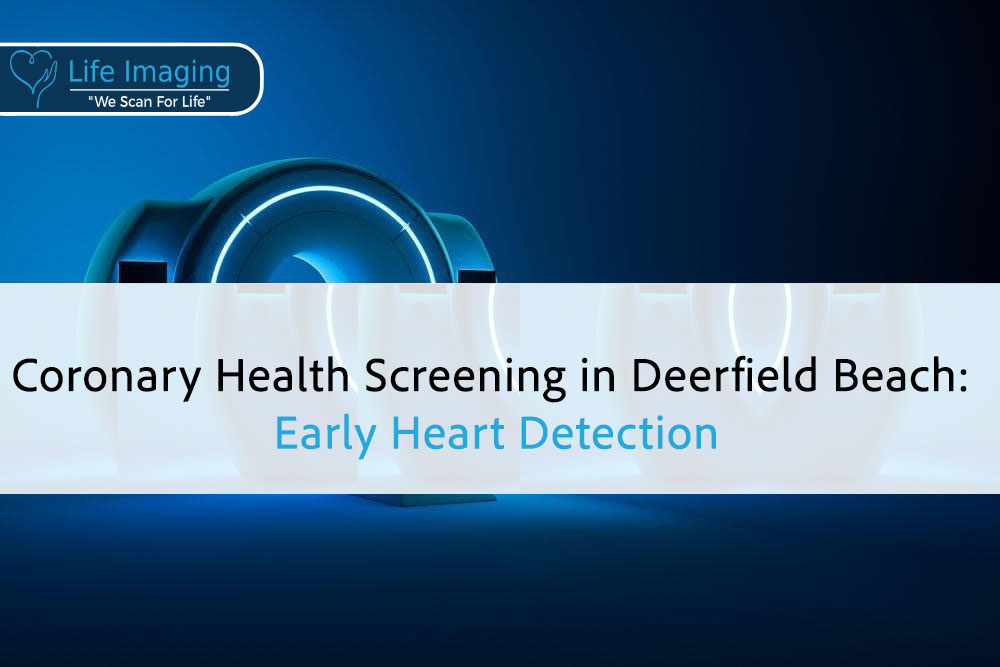
Introduction Your heart works around the clock, but changes inside

Introduction Your heart works nonstop, often without a single complaint.
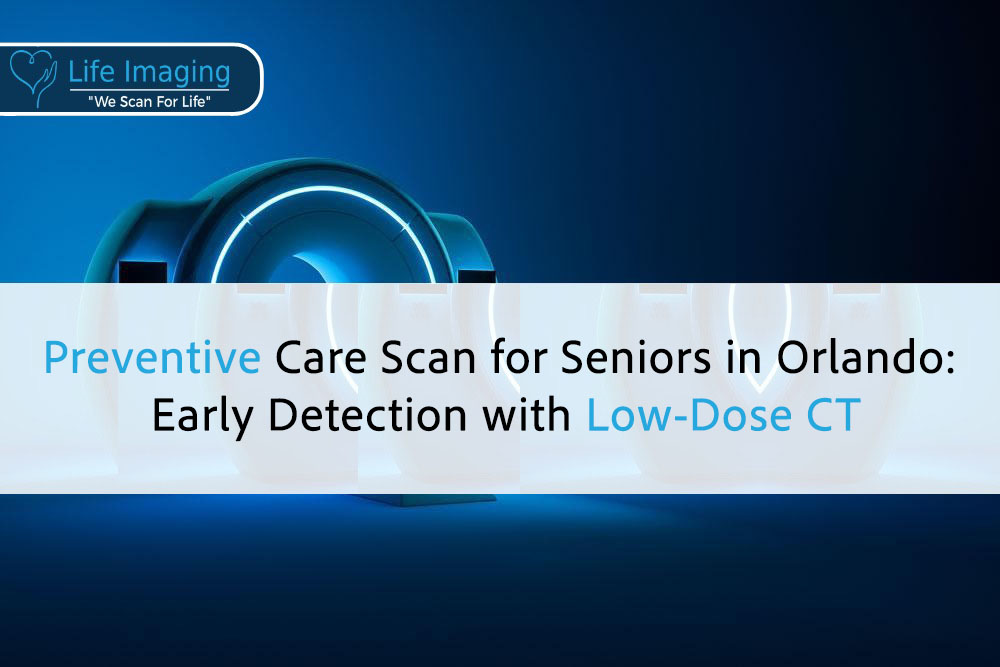
Introduction The best part of getting older is having time
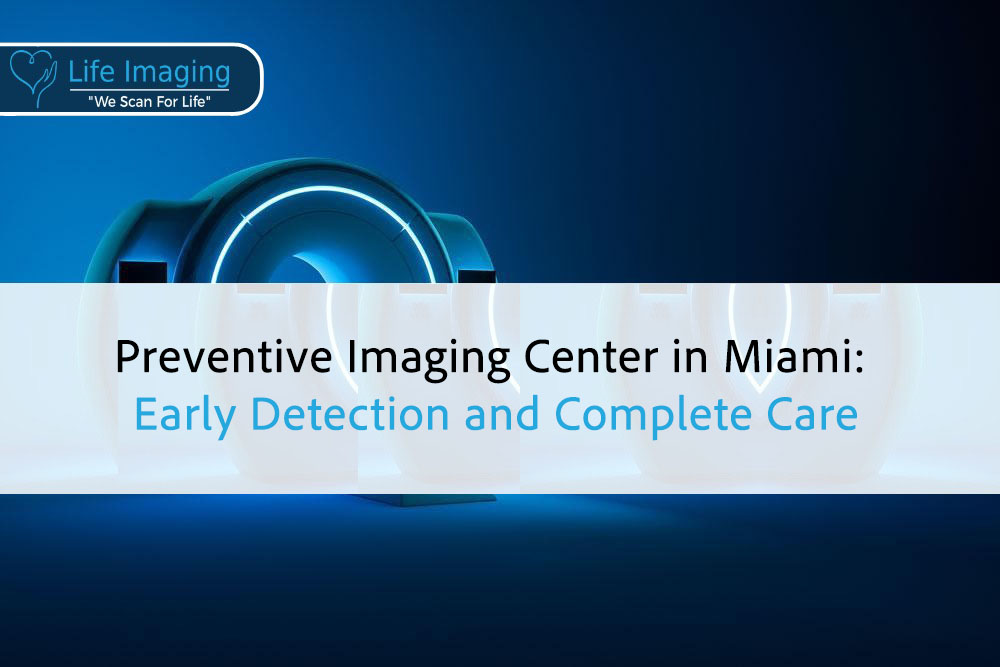
Introduction Good health isn’t just about treating problems, it’s about
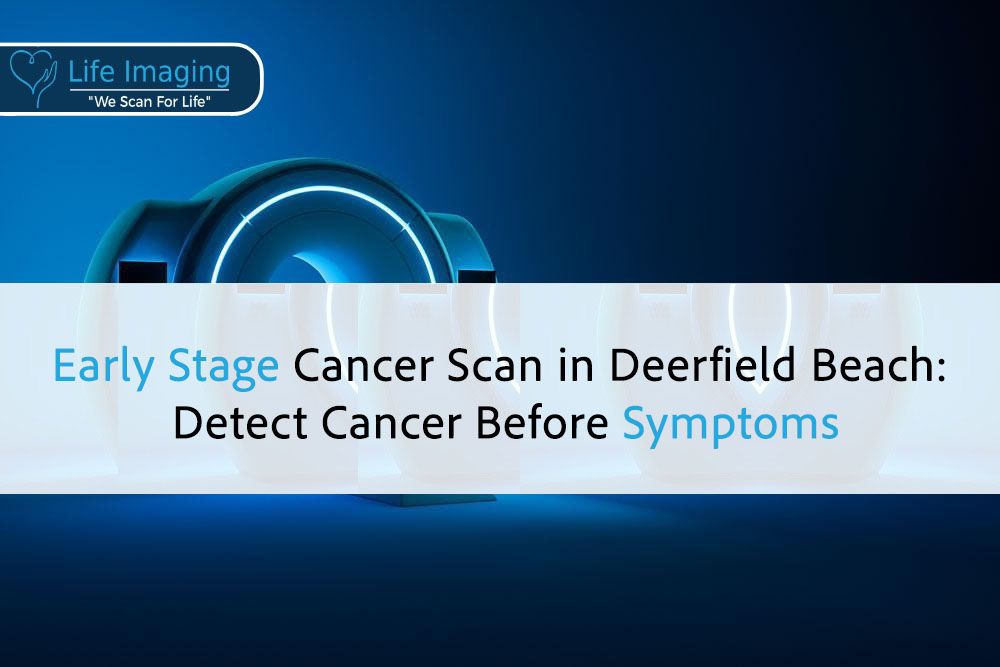
Introduction Cancer often begins quietly, long before you feel anything

* Get your free heart scan by confirming a few minimum requirements.
Our team will verify that you qualify before your scan is booked.
Copyright © 2025 Life Imaging – All Rights Reserved